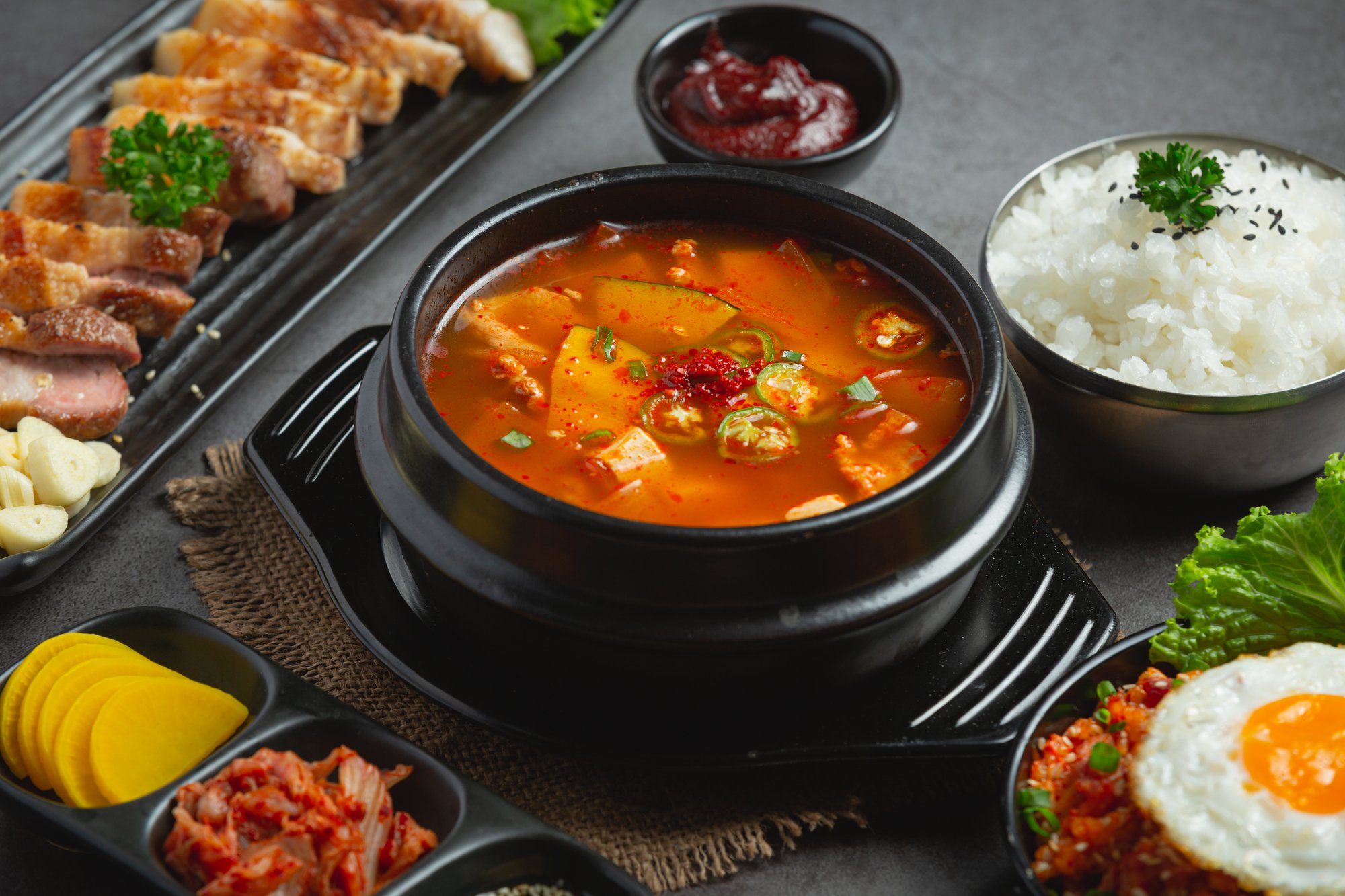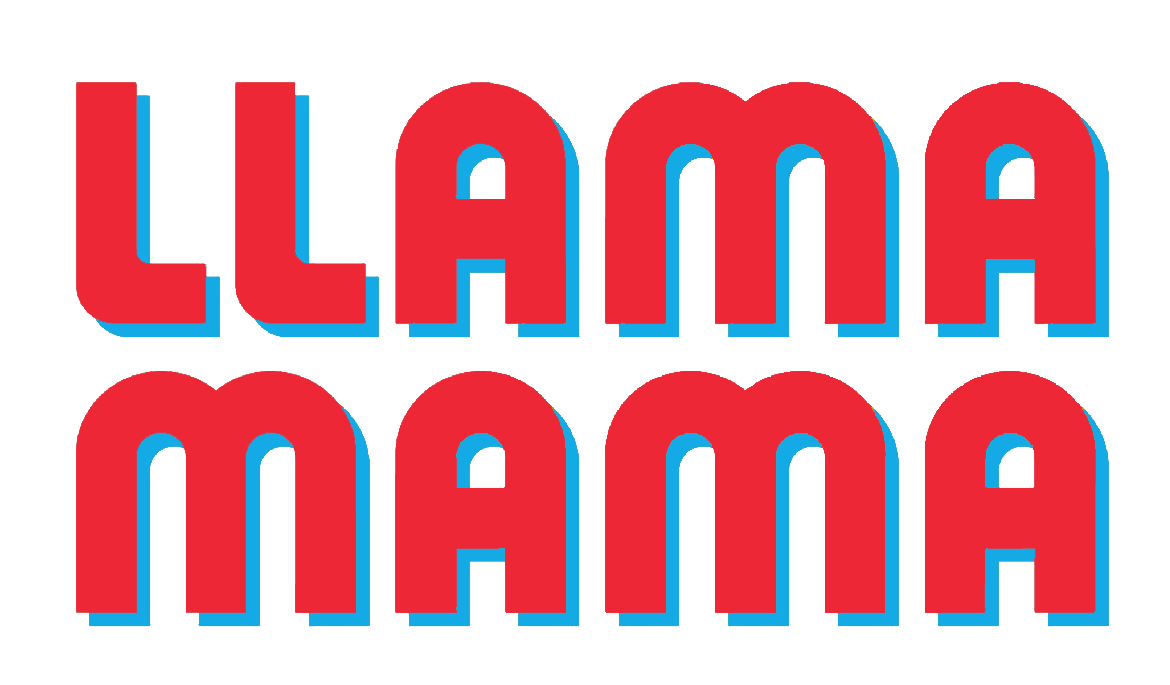Here we are, just about to draft our F&B market entry strategy for Japan.
Yet, you wish you had a checklist of "must do" and "must not do" before getting into actual work... GourmetPro has your back! Read on to understand the hard-to-enter and often considered really specific food and beverage industry in Japan. We interviewed our team of consultants and gathered some do’s and don'ts for you to ponder when working on your Japan market entry strategy.
Being the third-largest market in the world, Japan is often found high in the lists of countries to enter when expanding internationally. Numbers speak for themselves: a population of 127 million people and a GPD of $41,000 per capita, not to mention that Japan is known for its gourmet taste making it an eldorado for F&B companies. However interesting this market can look, it is still perceived as a black box: the language, culture, and business rules makes it a challenge that not everyone feels up to.
This list of do’s and don’ts will help you tackle many situations when drafting your F&B market entry strategy for Japan, don’t hesitate to take a look back at it to fill up with advice before making a business trip, seeking out partners, or even planning a product launch.
Do's
We have been working with many companies in Japan over the years and one thing that has become clear is that there is no "one size fits all" strategy for an entry into the Japanese market—especially the Food & Beverage one. The country itself is so diverse that each company needs to develop its own unique approach based on its product or service offering. However, if you want your business to be successful in Japan, there are key elements that will help you get started.
Let’s review the Do’s first!
1 - Do lookout for local partners
When drafting your Japan market entry strategy, looking for Japanese partners or companies that are already implanted in Japan should be one of your top priorities. Partnering with someone that knows well the market—a country manager for instance—, how to negotiate, handle the logistics, and the local standards when doing business will be more than helpful: it’s necessary. Working remotely or leaving things up to an importer will not be sufficient to guarantee your success in Japan, having people inside the country asking the right questions to the right people is a sine qua non.
GourmetPro is one of the fastest ways to find the right consultant for your Japan market entry needs, don’t hesitate to contact us and expose your project to find the perfect partner. Another lead would be the Chambers of Commerce such as the French Chamber of Commerce for instance: one measure they implemented is importing samples on your behalf as a stepping stone for you into this new market.
2 - Do aim for the long run
If a good strategy can facilitate your entry to Japan, and smooth out the hurdles on your path, you also have to prepare for a marathon, not a sprint. No market entry is easy but the rigid structure and business culture of Japan will induce a longer process to actually get your products onto Japanese shelves.
The better you prepare on all other fronts, the easier it will be but still, be prepared to get your hands into your Japanese market entry strategy for a while. It will require some testing, adjusting, negotiating… Before you can finally call this mission a success.

3 - Do develop your brand storytelling
You may have a best-seller product overseas, but nobody knows about it in Japan. In the worst cases, a foreign product can already have a deep-rooted image that is different from how you want to market it now. Your marketing and especially your brand storytelling will be keys to enter the Japanese market without a sweat.
Put some effort into telling your brand story, its culture, and explain why your product is the best! Japanese consumers are considered well-educated when it comes to food, they’re enthusiastic and passionate about it. That means that they love a new product and the opportunity to taste it, but that also means that they have high standards. Good storytelling can be a decisive factor for a consumer to pick your product over someone else’s. Actually, having a marketing consultant assigned to this mission in Japan to help you might be the best option.
4 - Do build on and prioritize relationships
Relationships are key when entering the Japanese market. We can’t emphasize enough the importance of picking the right partners from the beginning and building a solid relationship over time with them.
One can be tempted to prioritize money over relationships… Resist the temptation! It would be a huge mistake in your Japan market entry journey. Yes, trying to penetrate a new market is a costly process and saving up some coins where you can is important but that should never hinder your relationships. In Japan especially, building and nourishing a relationship is considered one of the most important things when doing business.
5 - Do be patient and respectful
It’s no secret: Japan has a deep culture of respect and politeness. This does apply to the business culture and may even be stronger in that field. Do your research, ask local partners, and arm yourself with some essential respect rules. Timewise, negotiations and discussions can seem slow to our fast-paced industry standards but be patient as the Japanese business culture has its own rhythm and one should go with it if he wants to succeed there.
Don’ts
It is always nice to remember that the birth country of the term “Galápagos syndrome” is actually Japan and that the term itself mainly refers to Japanese concepts. It’s used to illustrate how one branch of a globally available product can develop in isolation and thus, possess its own features and rules. Needless to say, these rules induce some “you should not” items as well. Stay away from the 5 actions below and you will be on the right path to create a successful market entry strategy for Japan!
1 - Don’t choose the fastest way
We told you, you’re going for the long run and you should be aware that the shortest and quickest way is an absolute no. If mistakes are not unavoidable, you can minimize them by neatly and carefully preparing your market entry strategy. Making mistakes and learning from them will actually cost you money, more than doing your preparations beforehand.
Take your time, even when you feel like it would be “quicker” in other countries you’re already selling in, and avoid the facility of skipping important steps in your process: testing, translating, adjusting, doing market research, looking at statistics specific to the Japanese market… Every part is important and should get all of your attention.
2 - Don’t take regulations lightly
Messing up or thinking that regulations are “flexible” might end you up in terrible trouble… Japan is strict—which is also a good thing when it’s on your side actually—and there are all kinds of food & beverage-specific regulations that could surprise you: some perfectly fine products in Europe could be considered allergens in Japan (Soba for instance) or even illegal!
As one of our consultants reminded us, some seeds not roasted up to 200-celsius degrees can be considered as live seeds, and thus… You could import poppy seeds and create a whole different kind of business here in Japan. In that specific case, customs destroyed the said products that contained poppy seeds but it could have gone as far as a “drug dealer” accusation, so don’t try to loosen up on regulations and do your research when doing business in Japan.

3 - Don’t underestimate Japanese quality standards
No wonder why Japan has terms such as “quality” attached to its imagery. Japanese people and the Japanese industry in general, have really high standards, and that is something you should not underestimate. Quality will be expected by the customers, but also by your partners and even retail store managers. High-quality standards entail a different pricing strategy too… Don’t forget to benchmark how similar products are marketed in Japan as well as surveying consumers’ expectations for them.
Mislabelling, defects on your packages, products not meeting quality standards are all reasons that could cause you some trouble when trying to enter the market and establish your presence in Japan. Not only will they hinder your journey, but they will also impact relationships with your local partners. Be on the lookout for meeting these standards at all times.
4 - Don’t overlook localization
Translating when it comes to food and beverage products doesn’t mean taking a term in a language A and looking up inside a language B dictionary how it reads. Localization is a really specific task that takes into consideration many aspects of a culture, from the obvious language to the more complex intercultural differences.
Translating your products labels, packages, website and copywriting your advertisement for Japan should be a priority in your budget. Don’t cut up on this budget line to save money as it could lead to a disaster when reaching your potential customers.
5 - Don’t assume that Japan is similar to other Asian markets
It can be tempting to think that the Japanese market is similar to its neighboring markets… China or Korea for instance are immediate neighbors to Japan. But, Japan is an archipelago and it developed over time a really strong and unique personality that also applies to the business culture here.
Our last advice would be to actually pay a lot of attention to the cultural differences—may it be your customers or partners. That’s where having local partners can be very handy! An interpreter, translator, or facilitator—who is well versed in the Japanese language and culture—can help you avoid falling into this easy “don’t”.
Does the sky feel a little bit clearer? Armed with this list, the Japanese business lingo and mindset will start to unfold themselves before your eyes. Our focus today was your F&B market entry strategy for Japan but another mystery that could tickle your brain is how the food and beverage industry is structured: follow up on our Japan Food & Beverage Market Landscape to get all the information you need.
Ready to tackle your Japan market entry strategy? Tell us about it!


%206.png)
.svg)






.svg)



.svg)
.svg)
.svg)

.svg)

















































.png)



















































